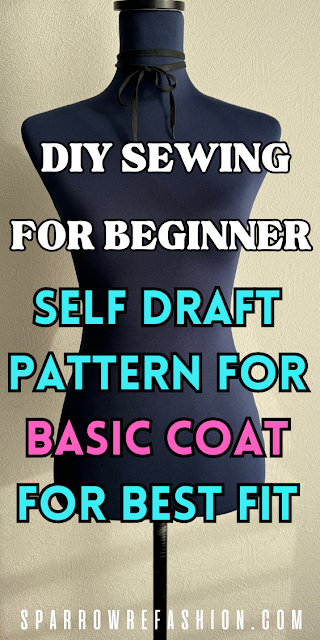
12/10/2023
How to Sew Flounce Sleeves: A Free Pattern and Easy Tutorial
Flounce sleeves are a fashionable and fun way to add some flair to your outfits. They come in different styles and shapes, and they can make any outfit look more feminine and elegant. In this blog post, I’m going to share with you a video tutorial on how to sew 7 types of flounce sleeves, and a free printable pattern for the basic flounce sleeve.
What are flounce sleeves?
Flounce sleeves are sleeves that have a ruffle or a flare at the end. They are usually made from a circular or a semi-circular piece of fabric that is attached to the sleeve hem. Flounce sleeves can vary in length, width, and shape, depending on the style and the design of the garment.
Flounce sleeves are different from ruffle sleeves, which are made from a rectangular piece of fabric that is gathered along one edge and sewn to the sleeve hem. Ruffle sleeves have more volume and texture than flounce sleeves, which are smoother and more flowy.
Flounce sleeves are also different from bell sleeves, which are sleeves that are fitted at the upper arm and gradually widen towards the wrist. Bell sleeves are usually made from the same piece of fabric as the sleeve, without any seams or attachments.
Why sew flounce sleeves?
Flounce sleeves are a great way to spice up your wardrobe and express your personality. They are also very easy to sew and can transform any outfit from boring to fabulous. You can sew flounce sleeves on any type of garment, such as dresses, tops, blouses, jackets, or coats. You can also mix and match different fabrics, colors, and patterns to create unique and stunning flounce sleeves.
Flounce sleeves are also very versatile, and you can create different looks with them. You can go for a romantic and vintage look with lace or floral flounce sleeves, or a modern and chic look with leather or metallic flounce sleeves. You can also go for a casual and playful look with denim or striped flounce sleeves, or a sophisticated and elegant look with silk or satin flounce sleeves.
How to sew flounce sleeves?
If you want to learn how to sew flounce sleeves, you’re in luck. I have created a video tutorial on how to sew 7 types of flounce sleeves, and I’m going to share it with you in this blog post. In this video, you will learn how to sew:
- High low circle sleeve
- Bell sleeve
- Semi circle sleeve
- Gathered ruffle sleeve
- Circle ruffle sleeve
- Double gathered ruffle sleeve
- Double circle ruffle sleeve
These flounce sleeves are super easy to make and are suitable for beginners. I will also provide you with a free printable pattern for the basic flounce sleeve, which you can download from the link below. I will show you step by step how to sew each of these sleeves, and you don’t need any fancy equipment or skills, just a sewing machine, some fabric, and some scissors.
So, what are you waiting for? Watch the video and let me know what you think in the comments. And don’t forget to like, share, and subscribe to my YouTube channel for more sewing tips and tricks. I hope you enjoy the video and have fun sewing!
Watch the video here
Check out how to hem the sleeves here
Pins:

.png)
.png)
.png)
.png)
.png)
.png)
.png)
.png)
.png)
.png)
.png)
.png)
.png)
.png)


.png)
.jpeg)

.jpeg)





.png)
.png)
.jpg)

.jpg)

.png)
.png)





.png)
.png)
.png)










